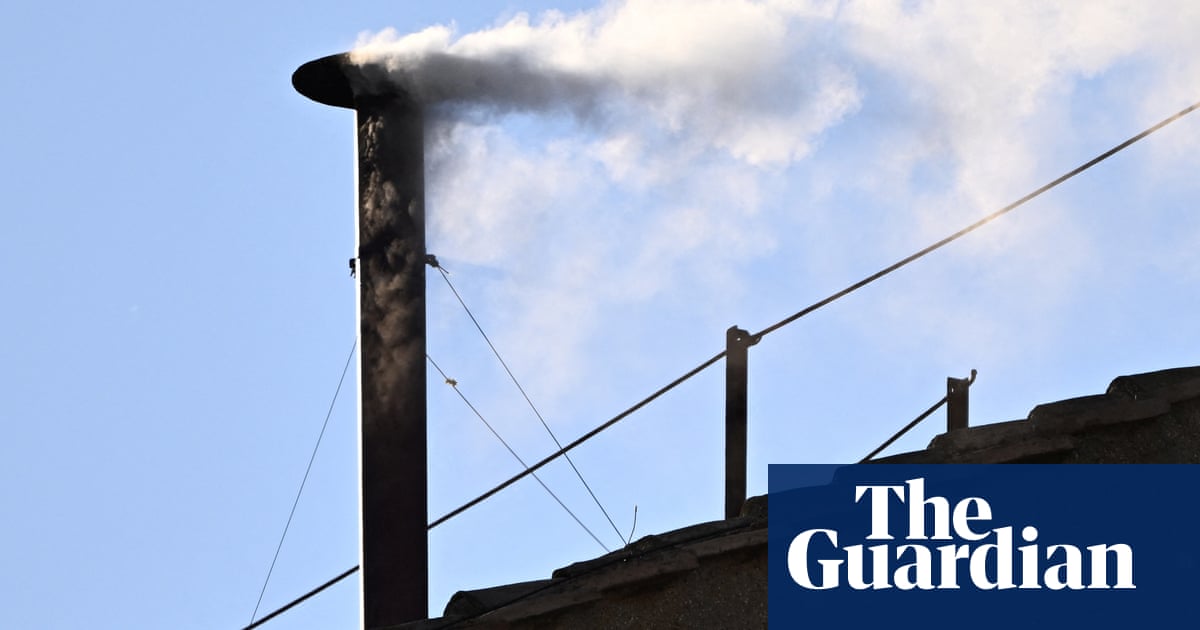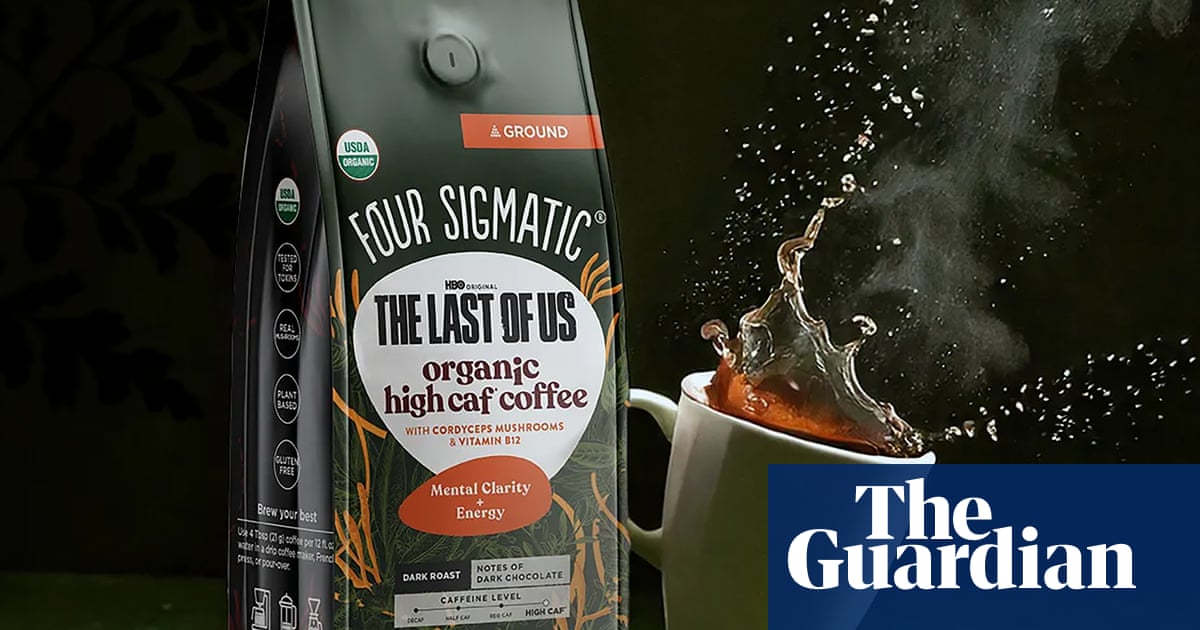“When I started out 10 years ago, only three of the makers here were even in business,” says Felix Nash, gesturing to the reams of golden bottles that line the shelves of his shop. I’m at the Fine Cider Company in London Fields, east London, with its founder, having arrived with the hope of lapping up all that fine cider has to offer inside a neat hour. (Spoiler alert: I leave thirsty and inspired.)
Although much of recent cider-making history is defined by mergers and mass-market production, there’s also an exciting re-emergence of terroir-focused production, though that is something Nash claims has always been a part of the UK’s agricultural DNA: “One of the first things the Royal Society ever published was on perry and cider, when John Beale, an early fellow, recognised that an apple variety called redstreak grew particularly well in certain parts of Herefordshire, a concept we now understand as terroir.”
These days, much of the UK’s cider production is mass market, which has to be only 35% apple concentrate, and the fruit can come from just about anywhere. “Whatever’s cheapest, they’ll ferment the syrup up to 14% or 15% ABV, cut it back with water, and then it’s ready in two weeks,” Nash says. “That’s the norm for the big makers, which is sad, because until the 1950s some of them used to make champagne cider. Now, terroir isn’t so much as given a thought. We have some of the best ingredients to make cider in the world, and more people need to know about it, otherwise it’s turned into concentrate.”
Ninety per cent of our apple orchards have disappeared since the second world war, whether replanted for other crops, rooted up for development or just plain neglected, and 50% of the ones that do still survive are in poor condition. That’s why cider makers are calling on the government to protect our traditional orchards, while local projects such as Find & Foster seek to restore small orchards using old maps from the People’s Trust for Endangered Species. (For a deeper dive, read Tomé Morrissy-Swan’s fabulous article for the Observer.)
A good way to support the industry is, as always, to buy from it. Nash notes that he’s currently seeing a funnelling of natural wine drinkers into fine cider, with those who have a penchant for the funky being priced out of buying their favourite bottles as often as they’d like after significant price rises. And for those who want to drink something British, but don’t have the budget for English sparkling wine (more on why that costs what it does here), fine cider might also be a solution.
If you’re still on the fence, let the makers convince you themselves – the London Cider Salon is coming up on 21 June at Tate Modern in London, and provides an opportunity to taste your way through 30 producers (early bird tickets are now on sale for £20). I’ll see you there.
Four fine ciders to tickle the tastebuds
Townsend Farm Wild-Ferment Cider £3.50 Delli (330ml), 5%. A single serve of assorted apple varieties from Ledbury, dosaged with jonagold apple juice.
Wilding Cider Quercus £13.50 Beckford Bottle Shop (750ml), 7.5%. Textured, full and intense – one for amber wine lovers.
Kingston Black Pét Nat 2022 £15 Little Pomona (750ml), 7.7%. A single, spontaneous fermentation produces a bright, effervescent cider.
Homage to Hogg Premium Cider £16 Naughton Cider Company (750ml), 13%. A Scottish cider aged in oak for 10 months and bottled on cork, like a champagne.

.png) 5 hours ago
4
5 hours ago
4













































